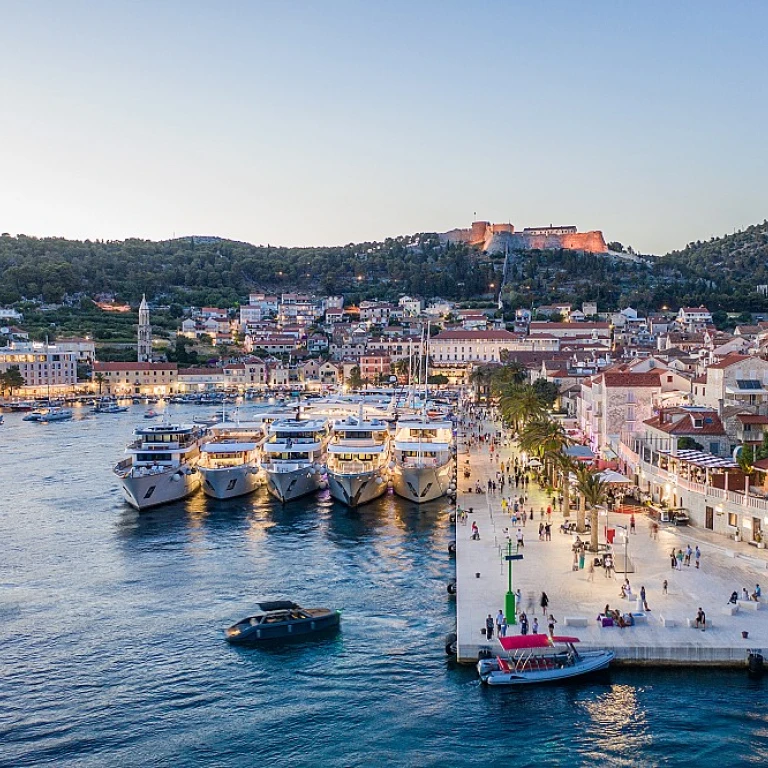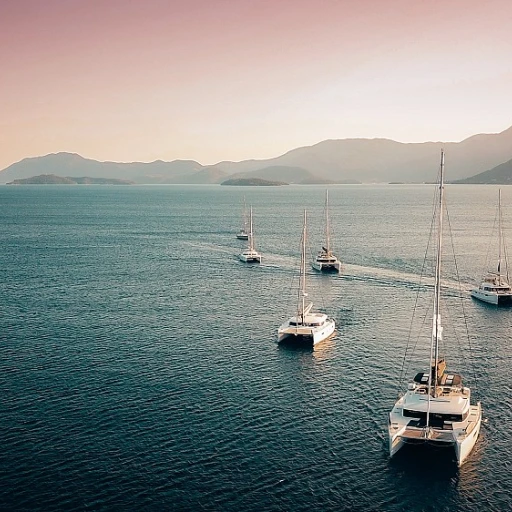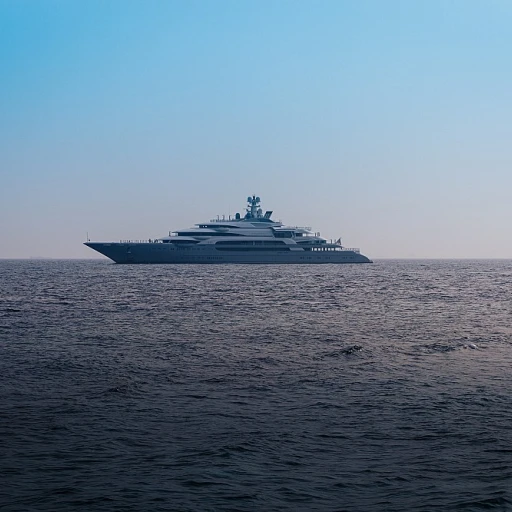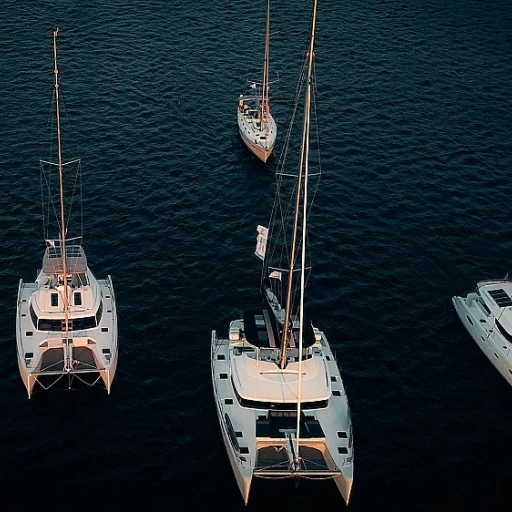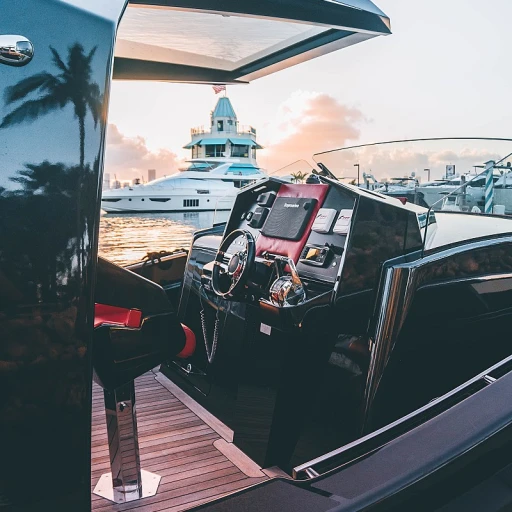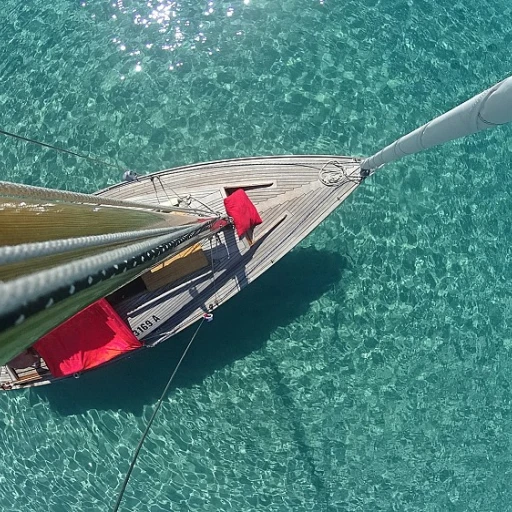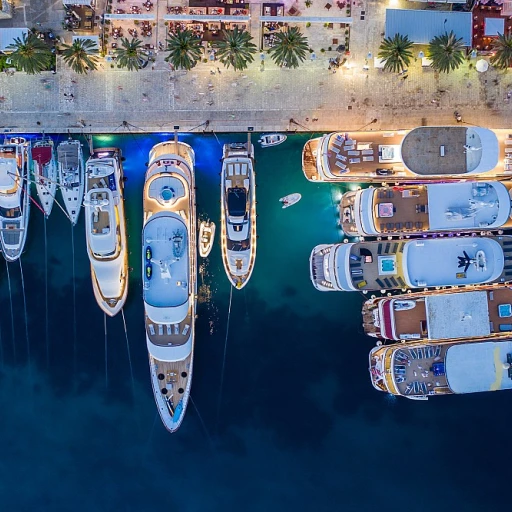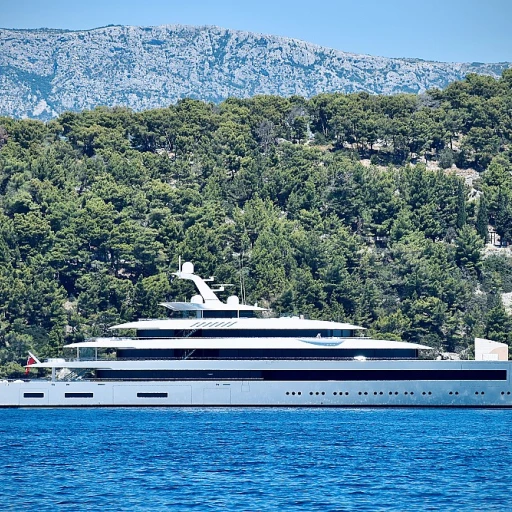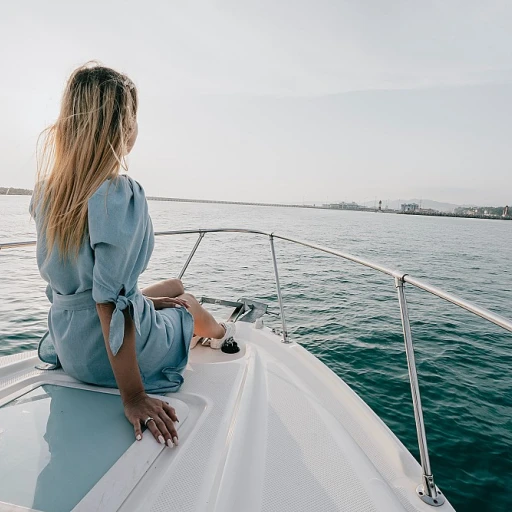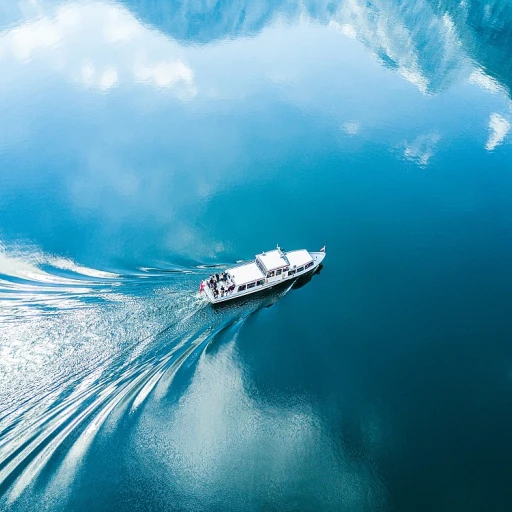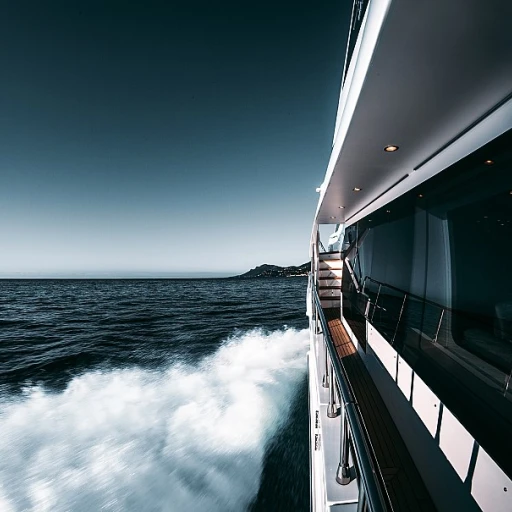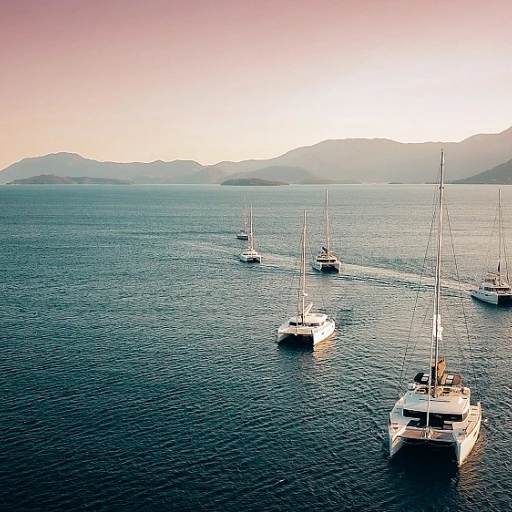-large-teaser.webp)
Defining Characteristics of a Yacht
Defining the Unique Characteristics of a Yacht
Understanding what constitutes a yacht and distinguishing it from other types of boats is essential for enthusiasts and industry newcomers alike. Essentially, a yacht is a vessel that embodies luxury, style, and performance, typically designed for pleasure and recreation. Unlike commercial ships, yachts are synonymous with opulence and personalization, whether sailing or motor-powered.
Yachts typically have a distinct aesthetic, often distinguished by their sleek lines and elegant designs. However, they are not just about appearances; the size of these vessels—often ranging from 30 feet to over 100 feet, especially in the case of superyachts—offers ample space for all the comforts of a luxury lifestyle. This emphasis on comfort and leisure sets them apart from mere boats, as these vessels are capable of extended cruising, often in international waters.
From sailing yachts to motor yachts, each type presents unique differences in propulsion and navigation. Sailing yachts rely on wind power, offering a more traditional and serene experience, while motor yachts are equipped with engines for faster travel and greater control. The choice between the two often hinges on personal preference and the intended yachting adventure.
The diversity in size and design means there is a yacht for virtually every taste and purpose—from tranquil cruising to hosting extravagant events. As the world of yachting continues to evolve, the essence of a yacht will always reflect luxury and adventure on the water.
The Evolution of Yacht Design
Trends and Transformations in Yacht Design
The evolution of yachts has been a fascinating journey, revealing the adaptation and innovation within the industry over time. Understanding this progression provides insight into why today's yachts typically boast such diverse and sophisticated designs. Originally, yachts were simple vessels primarily intended for sailing. However, as technology advanced and luxury became a more prominent factor, yacht design has significantly transformed. Today's yachts are no mere sailing boats; they have evolved into complex structures that incorporate a variety of styles and functions. The modern yacht design often blends traditional nautical aesthetics with cutting-edge engineering, resulting in superyachts that are not only larger in size but also feature advanced amenities. These yachts serve as a testament to what the industry has achieved, showcasing designs that enhance cruising capabilities while prioritizing luxury and comfort. Several factors have influenced the evolution of yacht design:- Technological Innovations: Modern yachts leverage advancements in technology to improve performance, safety, and comfort, which vastly influence their structural design.
- Demand for Luxury and Comfort: The desire for unparalleled luxury has driven designers to create expansive layouts equipped with state-of-the-art amenities, turning yachts into floating palaces.
- Changing Tastes and Preferences: As consumer preferences evolve, so too does yacht design, with increasing emphasis on personalization and unique architectural features.
Luxury and Comfort: The Hallmarks of a Yacht
Where Opulence Meets Functionality
Luxury and comfort are the defining traits when it comes to yachts, whether for personal leisure or commercial pleasure. These vessels are more than just boats; they are floating sanctuaries that promise a lavish experience on the calm waters. Yachts, from sailing yachts to motor yachts, offer an unparalleled level of luxury, often featuring sophisticated interiors, advanced amenities, and impeccable design. The difference ship and yacht enthusiasts often note is the personalized experience and the plush ambiance available even on the water. The yacht code often ensures that these vessels meet high standards of luxury and comfort. For larger vessels, superyachts and mega yachts redefine the concept of abundance. These ships are typically more than 100 feet in length and come with an array of features including multiple decks, swimming pools, entertainment rooms, and even helipads. These amenities not only set yachts apart from other water-bound vessels but also emphasize their stature in the world of luxury. Whether it's a motor yacht designed for peaceful cruising or a sailing yacht aimed at those who savor the exhilaration of the wind, comfort comes with every nautical mile. Yachts typically possess state-of-the-art cabins that rival five-star hotel rooms, complete with advanced technology to enhance the guest experience during long journeys. As the luxury yacht industry continues to grow, manufacturers innovate to integrate new advancements into their designs, ensuring passengers enjoy the tranquility of the water with all the comforts of modern living. For those considering the unique charm that comes with opulent sea travel, the thrill of go-kart boats for sale illustrates how innovation continues to redefine the boundaries of luxury and pleasure. Ultimately, owning a yacht translates to curating exceptional experiences while embracing the serene openness of the sea, all wrapped in luxury.Navigating the Challenges in Yacht Manufacturing
Overcoming the Challenges in Yacht Production
The journey of creating a yacht, be it a motor yacht or a luxury sailing yacht, is a sophisticated process that demands both expertise and innovation. Manufacturers face several challenges to deliver vessels that adhere to both the aesthetic desires of yacht enthusiasts and the rigorous yacht code standards. Crafting a yacht, especially those reaching superyacht sizes of over 100 feet in length, requires a balance of efficiency and quality. The complexities involved in constructing such large vessels, whether it’s a ship boat or a yacht boat, revolve around:- Material Selection: Choosing materials that withstand water exposure and harsh sailing conditions. Lightweight materials are preferred for better cruising performance, yet they must also be durable to ensure the long life of these vessels.
- Volume and Size Limitations: Larger yachts typically present logistical challenges in shipbuilding facilities. With yachts aiming to optimize luxury and space, shipyards need to innovate to accommodate the growing feet length of modern yachts.
- Customization and Personalization: Catering to the luxury and comfort demands of yacht owners often requires bespoke designs. This customization increases production time and cost, challenging manufacturers to blend functionality with opulence seamlessly.
- Environmental Regulations: Navigating the evolving environmental regulations is a continual challenge in the yacht industry. Modern yachts are expected to be more environmentally friendly without compromising on performance, driving designers and engineers to innovate sustainably.

